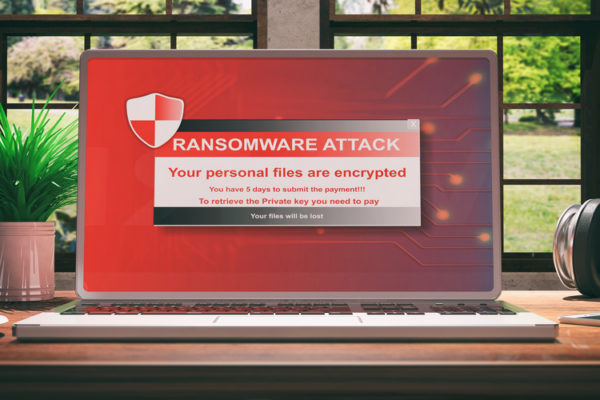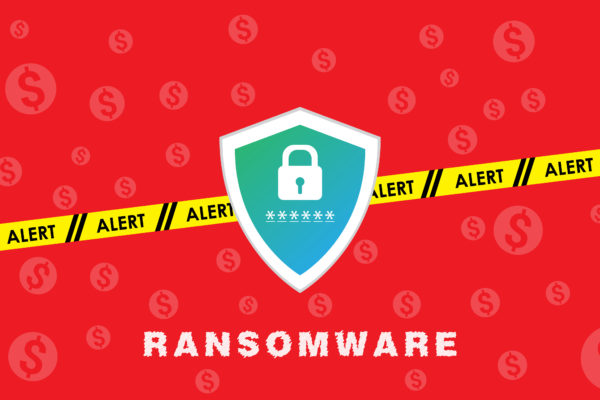We shed some light on the importance of disaster recovery measures following a ransomware attack since prevention doesn’t always work. For that reason, cybersecurity experts advise businesses to develop good ransomware removal skills and maintain data backups in multiple formats, particularly for the most crucial set of data.
Cloud storage provides a really handy option to backup data in the online environment. But in addition to cloud backups, businesses are available with some other storage options as well to limit the fallout of a ransomware attack. For instance, versioning file system is one such storage option that can protect businesses from complete data losses in case preventive measures fail to stop the ransomware. Let’s have a look at the mechanism of this ransomware recovery option.
Versioning, as the term suggests, is a facet of an object storage system that creates a version of the file every time a change is made in it. In other words, the data is retained in another version instead of getting overwritten in this storage protocol. All the previous versions of the existing files remain there in the storage system in retrievable form.
So, in case a ransomware succeeds in encrypting data stored in a versioning file system, the user can retrieve the previous versions of the files, which remain unencrypted. No ransomware strain has been developed as of yet that can lock down the older versions of a file.
Benefits of Versioning
Versioning of files is an automatic process. With every change made, a version of the file is created in the storage. The user actually makes an automatic backup whenever he/she edits a file.
While teams are working on ransomware removal and recovery, the retained versions of the affected files will help the affected companies to avoid extended downtimes.



